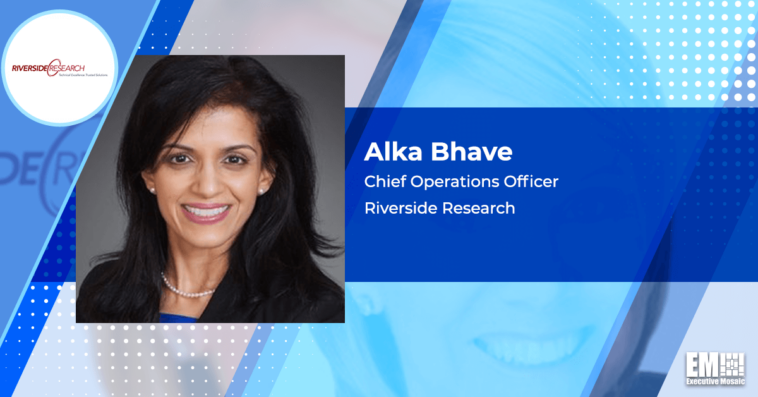In the government contracting world, organizations can face roadblocks in pushing a technology from the research, development and prototyping phases out to the field. This “valley of death,” as it’s often referred to in GovCon, represents a culmination of challenges associated with funding, time, momentum and other bureaucratic hurdles.
Of these issues, the most difficult for organizations to overcome when transitioning from prototyping to fielding a solution is adoption, according to Alka Bhave, chief operations officer for Riverside Research.
“Adoption of that technology is really really critical in ensuring that the technology makes it into the hands of those that really need it,” Bhave explained in a video interview with Executive Mosaic. “We don’t want to develop something that will never get used or make life easier — that ensures correct focus on capabilities and technologies.”
For government customers, there is an added layer of complexity in getting these critical technologies and capabilities into the hands of the end user.
“A technology may be created, prototyped and funded by one entity and then introduced as a program of record, as part of an acquisition lifecycle, for another entity,” Bhave said, describing some of the continuity challenges that federal buyers may encounter.
In her conversation with Executive Mosaic’s Summer Myatt, Bhave also provided a breakdown of the Department of Defense’s fiscal year 2023 budget, which includes the largest ever increase in R&D funding in the department’s history.
Watch Alka Bhave’s full video interview here to learn more about the federal government’s R&D priorities, greatest national security threats and most significant shifts over the last few years.





